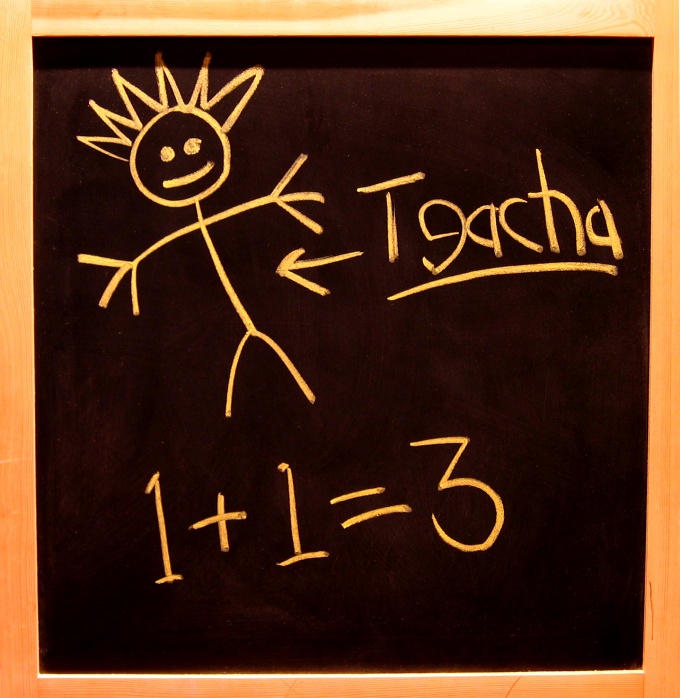You will need
- - a school textbook;
- - methodological literature;
- - auxiliary materials, depending on the studied topics.
Instruction
1
Make a lesson plan so that for 1-2 months to cover the material that needs to be tightened. The schedule should consist of 1-1,5 hours a day with a break for younger students or distracting exercise workout for seniors.
2
Start exercising you should repeat the introductory topics. Gradually approaching the material with which difficulties arise. Give assignments from the more simple to the complex.
3
In one lesson, the child should perform from 2 to 5 exercises of different orientation (for example, problem, equation, etc.).
4
If difficulties arise in the solution of problems, be sure to include exercises in the drafting of the conditions of the problem. It helps to understand the relationship between the decision and the conditions imposed. In this case you can omit the part with the calculations, and to compile and analyze the progress of the solution.
5
Children get tired of writing in school, so oral exercises, at the expense of additional workshops will be perceived with greater desire than writing.
6
Be sure to take part, supervise the work, get a report card with marks-results of individual studies. Be fair and follow school requirements for grading or develop a points system, for example, 1 point for correctly completed task.
7
Before each lesson ask the child to pronounce the rules by which it will solve. Remember that one material can be explained in different ways. Explain to him in your own words the solution. In response, ask him to do the same. So he will better understand and remember the topic. It is useful for you to attend the class in school to learn how gives explanations by the teacher. Then you can appreciate fully why the child is lagging behind and what needs to in the class to feel more confident.
8
You can enable game warm-up. For this purpose, suitable tasks in the care of various logical ranks, mazes, puzzles, riddles.
Useful advice
The more creative you will come to the question, the more willing the child will do;
For the selection of additional teaching materials, please contact for advice to the teacher. Each program involves additions from the authors, such a problem books better help to cope with the development and consolidation of the material on their own.
For the selection of additional teaching materials, please contact for advice to the teacher. Each program involves additions from the authors, such a problem books better help to cope with the development and consolidation of the material on their own.



